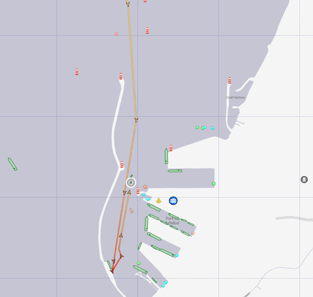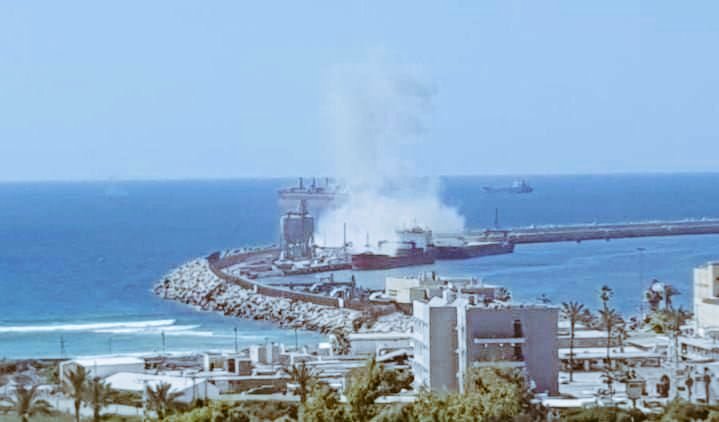Tensions between Israel and Palestine have risen substantially in the past 12 days.
Tensions between Israel and Palestine have risen substantially in the past 12 days. Following the eviction of 12 Palestinian families from their homes in the Sheikh Jarrah neighbourhood in East-Jerusalem, protests erupted which resulted in violent clashes between protesters and security forces. In the last 48 hours there has been a significant escalation of force which has seen Hamas and the Islamic Jihad Movement in Palestine (PIJ) conduct multiple indiscriminate rocket attacks against Israeli cities.
On the early morning of 11 May, according to the Israeli Defence Force (IDF), Hamas fired some 200 rockets, including several targeted at Jerusalem. At the time of reporting, according to the IDF 1,050 rockets have been fired at Israel from within the Palestinian territory. Roughly 80-95% of these rockets are understood to have been intercepted by the Israeli Iron Dome missile defence system.
Key targets have included Askhelon, Ashdod, Tel Aviv, including Israel’s main airport Ben Gurion which was subsequently forced to close. There have also been reports of alerts in Gaza border communities, and the Southeastern cities of Beersheba and Dimona.


At the time of reporting, it is understood that the associated maritime Ports of Ashkelon and Ashdod have been closed. Footage released by local witnesses shows rockets impacting the port facility at Asdod and the offshore area beyond the main anchorage. It is understood that a rocket landed in the vicinity of the Maltese flagged Cargo vessel MONA (IMO9101534) and the Panama flagged cargo vessel AHMET ONEL (IMO8420361). Data from Marine Traffic indicates that the MV MONA has since departed port.
Earlier footage showed the impact of a rocket attack on an oil facility near the port of Askhelon. In a statement released by the Izz ad-Din al-Qassam Brigade (military wing of the Palestinian Hamas organisation) it was stated that they had targeted an “Israeli Gas Platform off the coast of Gaza.” Meanwhile, a Chevron spokeswomen stated that, “in accordance with instructions received from the Ministry of Energy, we have shut-in and depressurised the Tamar Platform”. It is understood that Chevron continue production from its offshore asset at the Leviathan field whose platform is further north offshore Israel, close to the port of Haifa.
Thus far targeting by Hamas and the PIJ has been indiscriminate with the intent of causing significant civilian casualties and damage to infrastructure. Port and energy infrastructure are at this stage assessed to be proxy targets with any damage resulting from the indiscriminate nature of attacks however such targets are known to be part of the wider strategic intent of Hamas and the PIJ. Hamas and the PIJ are known to have limited direct targeting capability and limited access to guided munitions. Despite this, militants are known to be well resourced with indirect weaponry allowing for a sustained and protracted engagement against Israeli cities. Militants are also understood to have access to the Iranian made Fajr-5 surface – to – surface rocket; however, this is understood to be a prestige weapon system and in limited supply. The Fajr-5 is understood to have a range of 75km and was originally designed as an unguided artillery system and is understood to remain in service as an unguided anti-ship missile used by the IRGC(N). It is assessed that there is no stated intent to target wider commercial shipping however today's statement by the Palestinian al Qassam indicates a clear intent to target the economic interests of Israel where possible. As such Ports and offshore infrastructure remain at heightened risk with attacks and associated damage a realistic possibility. Attacks against bespoke targets including port, energy and offshore infrastructure are highly likely to feature in any protracted engagement.








